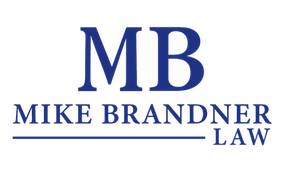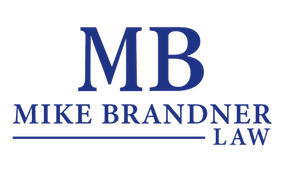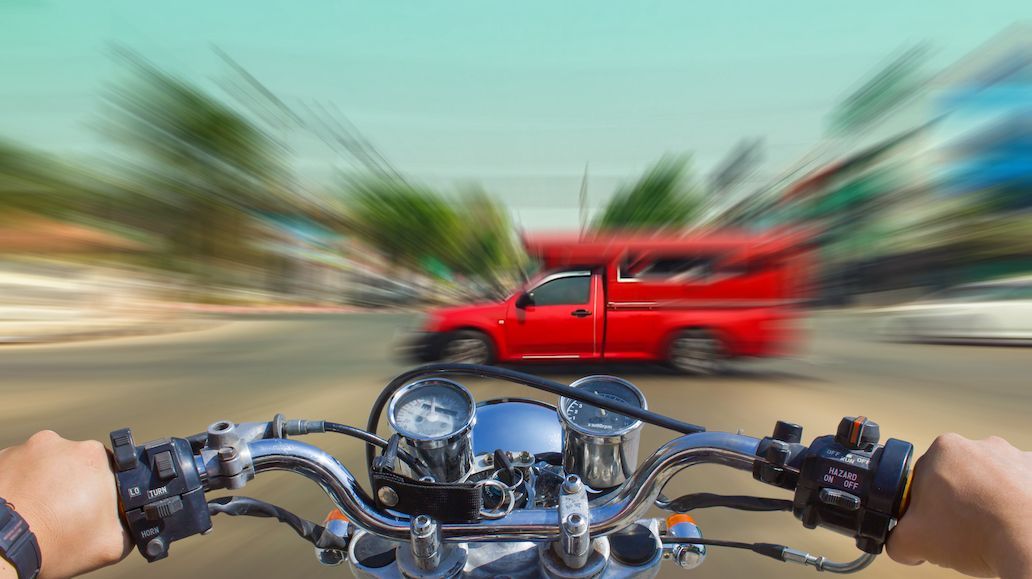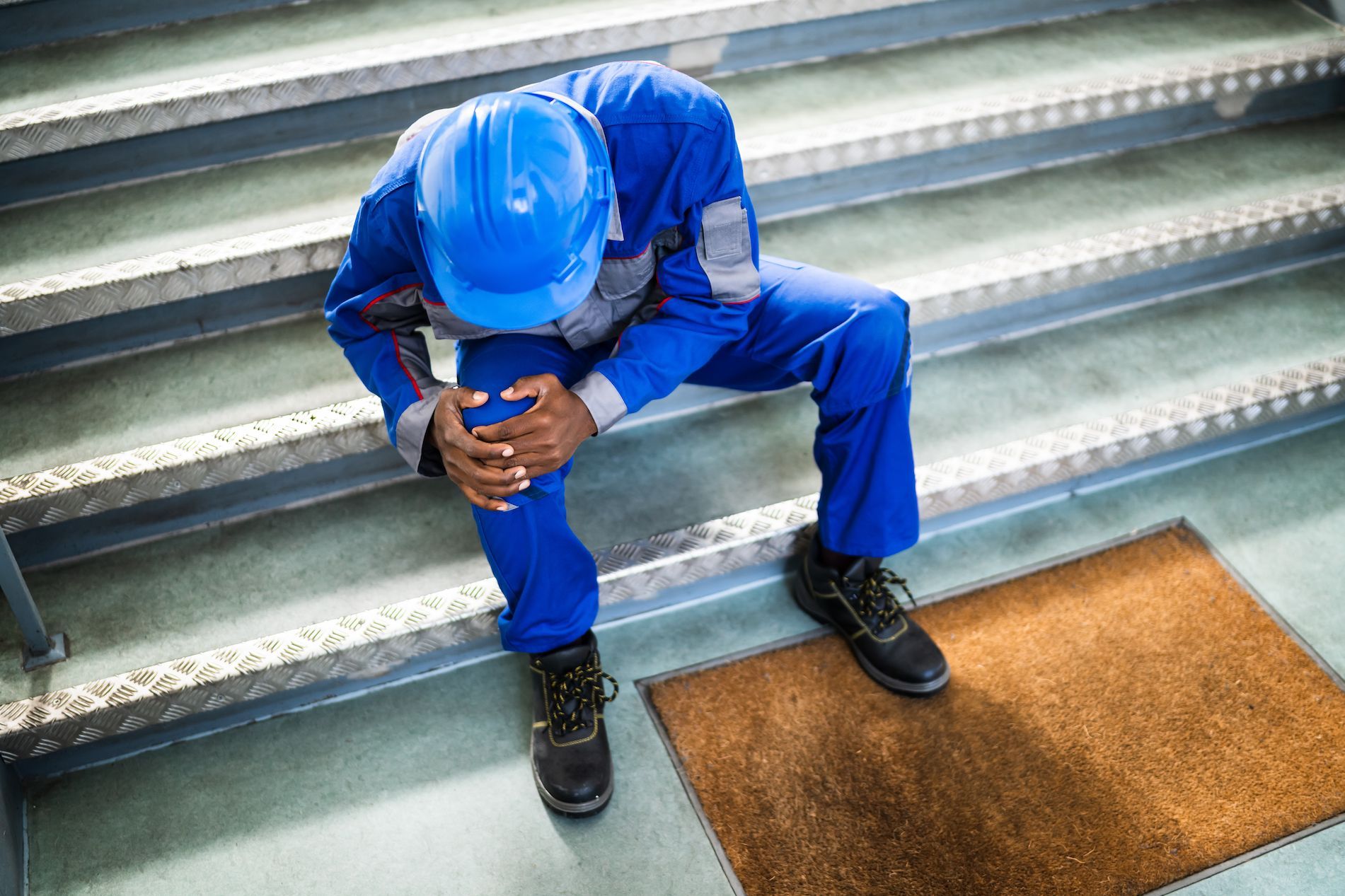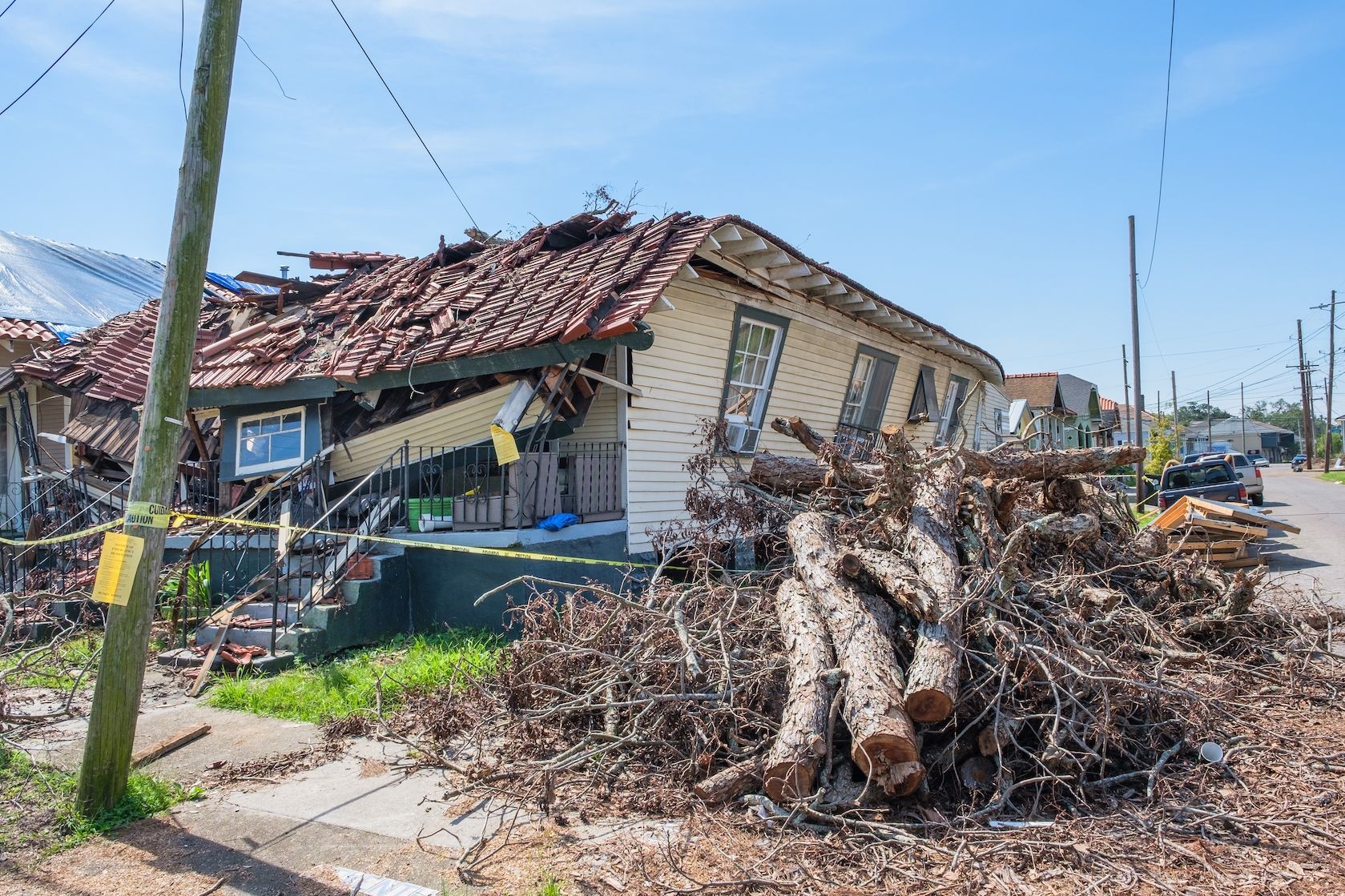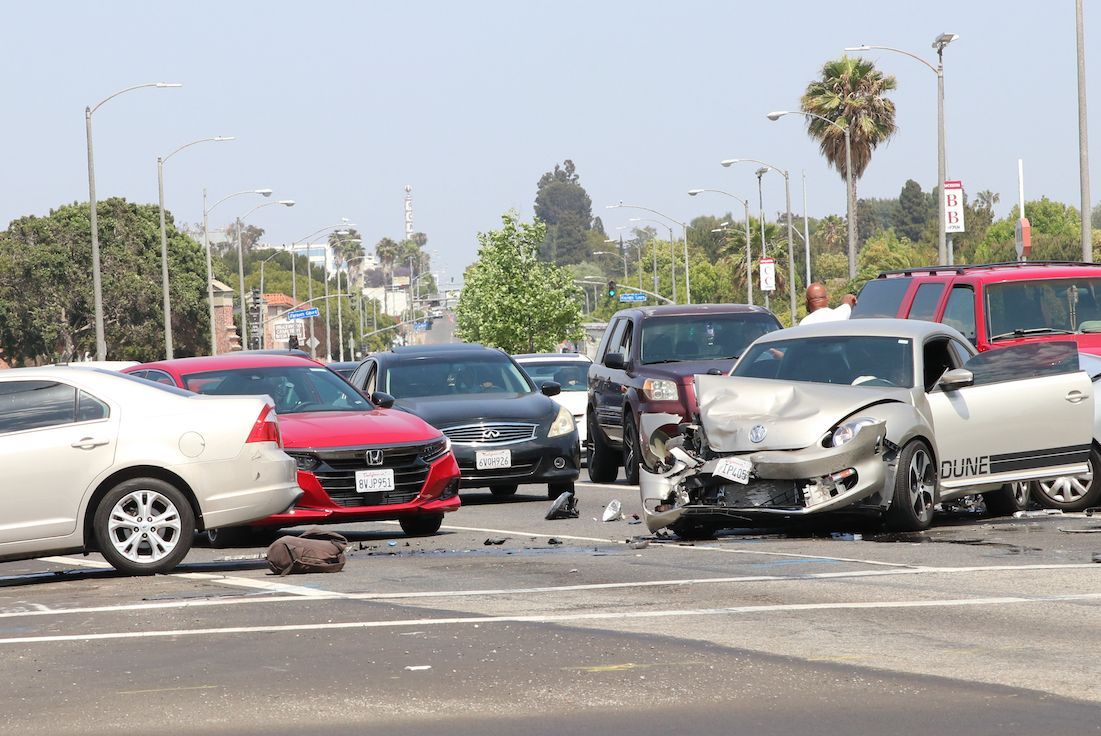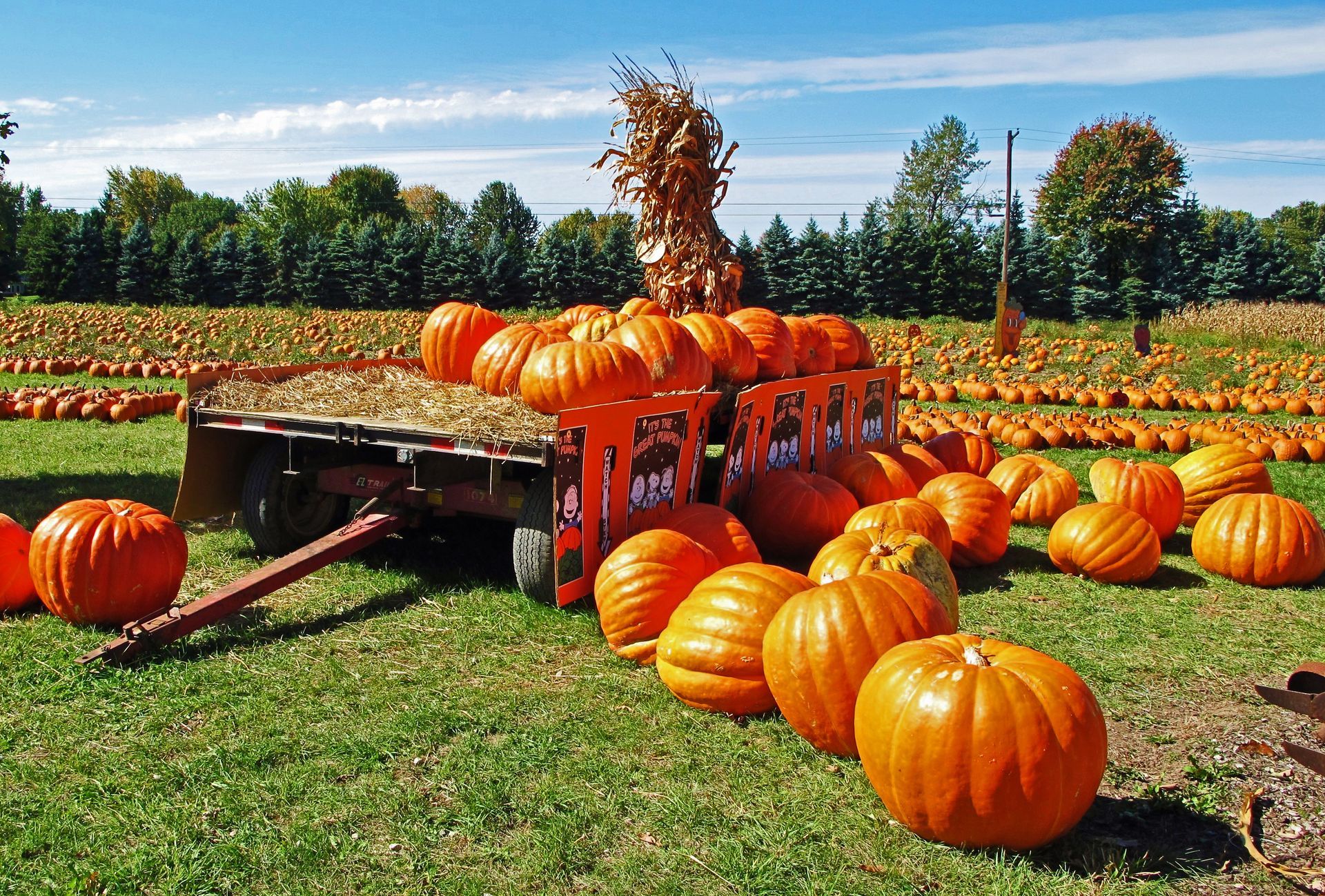Boating Tips to Keep You Safe on New Orleans’ Waterways
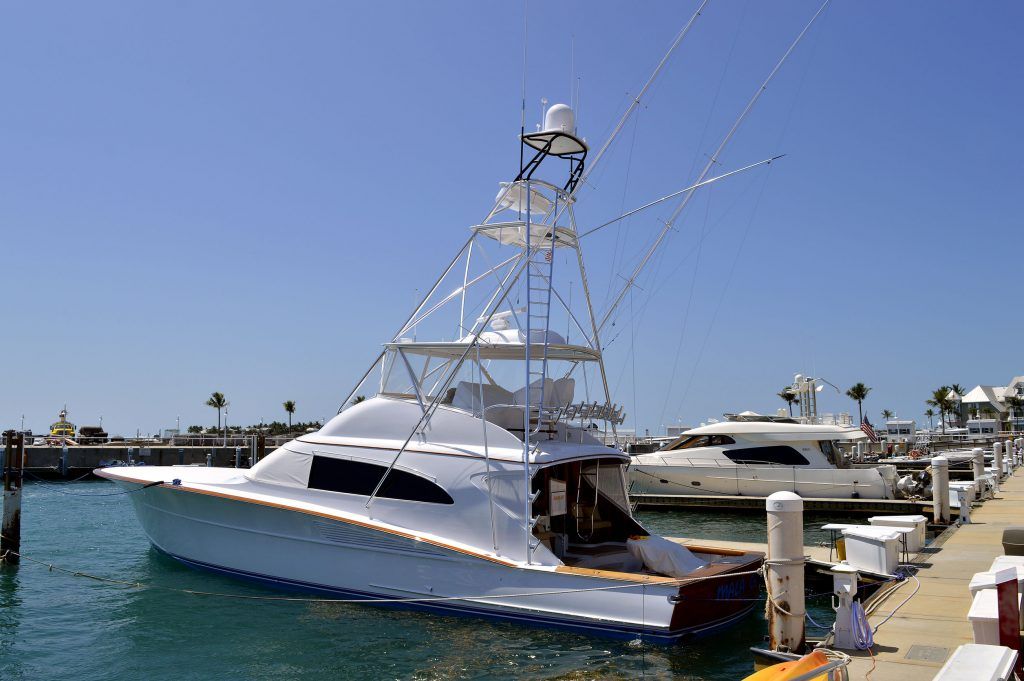
Whether you’re taking your boat out on Lake Pontchartrain or the Gulf of Mexico, it’s important to operate your boat safely. Your safety, as well as that of your passengers and other people out on the water, will be affected by your preparation and actions. That’s why the boating accident lawyers in New Orleans at Mike Brandner Law suggest the following Louisiana boating tips to help keep you and your fellow seafarers safe.
Check Weather Conditions
One of the simplest Louisiana boating tips to follow is checking the weather before embarking. Weather conditions in Louisiana can change quickly, so it’s important to check the forecast before you head out on your boat. A weather radio on board can also help you stay aware of any changing weather patterns. Follow weather conditions closely as you’re out on the water, and if you see dark clouds or experience rough winds or fast drops in temperature, head to shore.
Don’t Drink and Boat
The Louisiana Department of Wildlife and Fisheries (LDWF) notes that drinking and boating is as dangerous as drinking and driving. The organization actively patrols waterways for driving while intoxicated (DWI) offenders. Similar to driving on land, those found drinking and boating with a blood-alcohol level of 0.08 or higher face severe consequences.
It’s also a good idea to have at least one sober passenger, because they might need to help someone else. In addition, alcohol can lead to bad decision making, leading to drivers and passengers taking unnecessary risks while out on the water. Since help is not always immediately available on waterways, drinking and boating is especially dangerous.
Be Extra Cautious After Dark
You should check to make sure your navigation lights are operating properly before you head out. Then, always keep these lights on at night so that other boaters will see you. Also, only use your headlights or spotlights when you arrive at your destination to find cleats and handholds on another boat or dock. The reflective water kills visibility at night.
Further, slow down when boating at night and listen for other boats, horns, or bells. Your navigation instruments should offer assistance in locating obstacles, but you should still be cautious and use your eyes and ears.
Take a Boating Course
Louisiana requires boaters to take a boating course if born after Jan. 1, 1984, unless they’re accompanied by someone over 18 who has completed the required coursework. LDWF courses last between six to eight hours and offer information on boating laws, navigation rules, safety procedures, and more.
Wear a Life Jacket
You must equip a boat with personal flotation devices (PFDs). Having a PFD for every passenger is one of the simplest and most effective Louisiana boating tips to follow. In addition, children under the age of 16 must wear a PFD while on the vessel. It’s also a good idea to have a lifebuoy, floating ring, or other PFD that can be thrown to someone that has fallen overboard and can’t be reached quickly.
Even if you don’t plan on taking a dip in the water, it’s a good idea to leave your life jacket on. In a sudden emergency, you may not have time to find and wear one. It’s simply safer to wear it at all times when you’re on the water. This is especially true if you’re not a strong swimmer.
| Related topic: Another Boat Crashed into Me: Can a Louisiana Maritime Lawyer Help?
Follow New Orleans Boating Tips From Mike Brandner
If you’ve been injured in a boating accident, call
Mike Brandner Law, an experienced and compassionate group of legal professionals specializing in Louisiana personal injury. We’re available 24/7.
